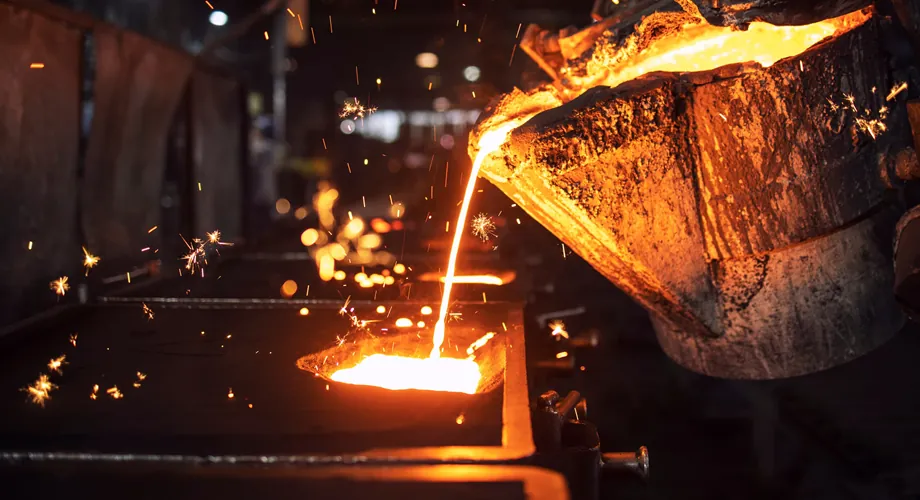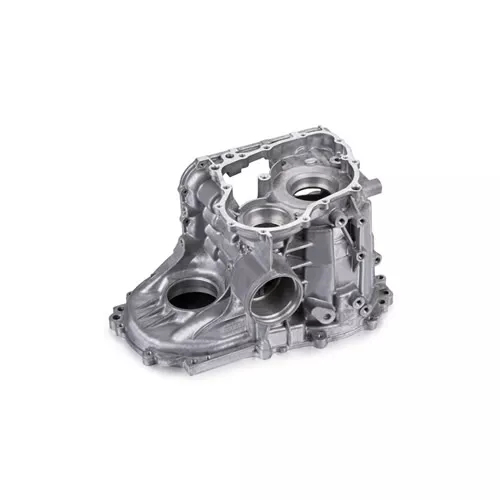Die Casting Temperature Control: Improve Casting Quality and Production Efficiency
Author: SAIVS Date Published: Jan 26,2024
Introduction:
In Die Casting, molten metal is injected into a mold under high pressure. The mold temperature has a significant impact on the flowability, filling time,
filling pattern, solidification rate, and cooling rate of the molten metal. These factors, in turn, affect the quality, productivity, and lifetime of the casting.
Temperature and die-casting:
The temperature of the molten metal affects its flowability, filling time, filling pattern, and solidification rate.
A higher temperature will improve the flowability of the molten metal, leading to a faster filling time and a more uniform filling pattern.
However, a higher temperature will also increase the solidification rate, which may lead to internal defects such as shrinkage porosity.
The temperature of the mold also affects the flowability, filling time, filling pattern, and solidification rate of the molten metal.
A higher mold temperature will reduce the flowability of the molten metal, leading to a slower filling time and a more uneven filling pattern.
However, a higher mold temperature will also slow down the solidification rate, which may help to reduce internal defects.
| Die Casting Mold Operating Temperature Range | |
| Alloy Types | Mold Temperature/℃ |
| Zinc Alloys | 160-200 |
| Magnesium Alloys | 180-240 |
| aluminum alloys | 200-250 |
| Copper Alloys | 280-350 |
A mold temperature control system typically consists of a mold temperature controller, cooling channels, and temperature sensors.
The mold temperature controller is responsible for controlling the temperature of the cooling medium, which flows through the cooling channels.
The temperature sensors are used to measure the temperature of the mold at various locations.
There are three main types of mold temperature controllers:
Water-cooled mold temperature controllers: These controllers use water as the cooling medium. Water is a good conductor of heat and can be easily controlled.
Oil-cooled mold temperature controllers: These controllers use oil as the cooling medium. Oil has a higher specific heat than water and can provide more
uniform cooling.
Air-cooled mold temperature controllers: These controllers use air as the cooling medium. Air is a less efficient cooling medium than water or oil, but it is also
less expensive.
Best Mold Temperature Control Methods:
The best mold temperature control method for a particular application will depend on a number of factors, including the type of casting, the molten metal,
and the desired properties of the casting. However, some general guidelines can be given.
The mold temperature should be high enough to allow the molten metal to flow freely into the mold cavity, but not so high that it causes the casting to shrink or distort.
The mold temperature should also be uniform throughout the mold, to prevent hot spots and cold spots.
Problems Addressed by Die Temperature Control:
Die Temperature Too High:
Deformation and Sticking: Excessively high die temperatures can lead to difficulty in demolding as the parts may deform or stick to the die surface.
Increased Release Agent Usage: To address demolding issues, more release agent is often sprayed, leading to additional problems such as increased porosity in
the cast part.
Burned Release Agent: The high die temperature can cause the release agent to burn on the mold surface, losing release properties.
Longer Cycles and Die Wear: Excessive mold temperatures contribute to longer production cycles and heavy die wear, impacting productivity.
Die Temperature Too Low:
Lubrication Impairment: Cold die walls reduce the effectiveness of the spray agent, even if more is used. This leads to poor lubrication,
affecting dimensional accuracy and mold filling.
Incomplete Mould Filling: Inadequate die temperatures result in incomplete mold filling, particularly after production interruptions.
Thermal Shocks: Cold die surfaces during material feed can cause thermal shocks, shortening the die's lifespan and increasing maintenance costs.
Quality Losses: Premature solidification of the melt, streaking, or material overlap can occur with insufficient die temperatures, leading to quality issues.
Optimizing Temperature Control:
Reduced Scrap: Proper die temperature control minimizes shrinkage cavities, poor dimensional accuracy, and other defects, reducing the amount of scrapped
parts.
Enhanced Productivity: By avoiding quality issues related to die temperature, the overall productivity of the die-casting process is improved.
Extended Die Lifespan: Optimal temperature control helps prevent thermal shocks, contributing to a longer lifespan for the die and reducing maintenance costs.
Improved Process Stability: A well-adjusted temperature control system ensures consistent and stable thermal conditions, reducing variations in part quality.
In summary, die temperature control is essential for achieving the desired part quality, minimizing defects, and optimizing the efficiency of the die-casting
process.
It addresses issues related to both excessively high and low die temperatures, promoting stable and reliable production.
Future Trends in Mold Temperature Control:
The advancement of mold temperature control is marked by increased automation, leveraging technology to enhance accuracy and efficiency in the control
process.
The integration of artificial intelligence plays a pivotal role, enabling the development of sophisticated algorithms that optimize mold temperature based
on specific application requirements. Furthermore, the growing utilization of 3D Printing in mold manufacturing introduces complexity,
necessitating more precise temperature control to meet the demands of intricate Mold designs.
These technological trends collectively contribute to the evolution and improvement of mold temperature control systems.
Our Metal Casting Services
At saivs, we prioritize precise temperature control in die casting, leveraging our skilled engineers' expertise and advanced technologies.
Over 20 years of experience solidifies our quality commitment, ensuring each production delivers perfectly fitting and aesthetically pleasing metal parts.
Contact us today to learn more about our services.
Why Choose SAIVS™ as Your Supplier?
1.Superb Quality Control Management
At SAIVS, we take pride in our perfect quality management systems and procedures, which guarantees the excellent performance of all our producs, being a professional Investment Casting | Die Casting| Sand Castingmanufacturer in China.
2.Rich Production Experience
With 20 years of experience in production, SAIVS has a deep understanding of the market and trends, and strives for continuous research and innovation. This has created advantages in both the product's performance and appearance.
3.Competitive Prices
As a Chinese factory committed to becoming the most cost-effective Investment Casting | Die Casting| Sand Castingexporter in China, SAIVS provides high-quality products at advantageous prices. By lowering costs and increasing efficiency, we ensure that our customers receive the best possible value for their investment.
4.Perfect After-sales Service
At SAIVS, we strive to provide superior customer service that meets and exceeds expectations. We are always available for any questions or concerns you may have, and we stand by our commitment to providing excellent after-sales support.
Related Posts
-
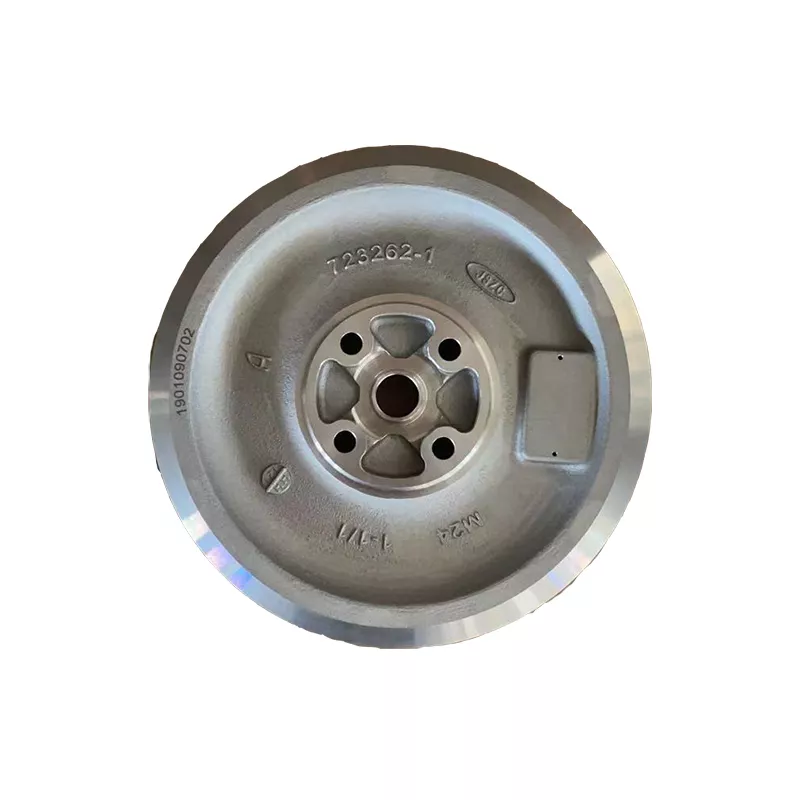
Common problems during low pressure casting
Low-pressure casting is widely used in metal processing technology and plays a great role in China's modern industry. With the wide application of low-press...
-
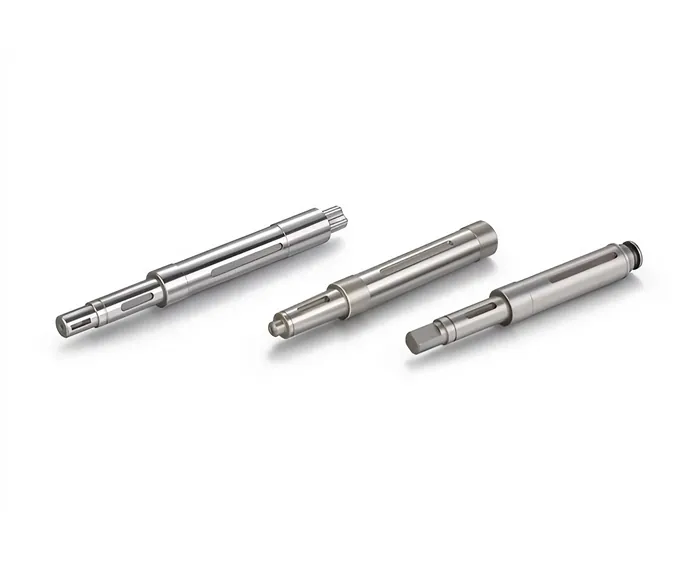
Shaft Components: The Best Choice For CNC Machining
From solid to hollow, delve into CNC machining precision, uncovering routes from turning to drilling.
-
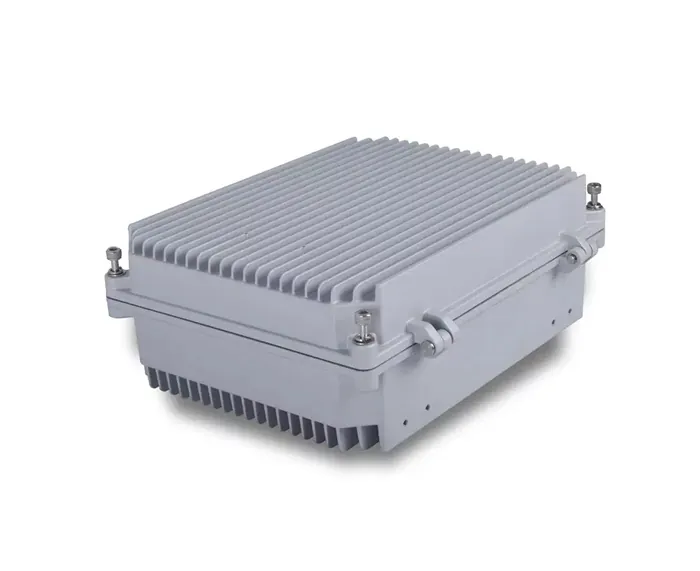
Why Aluminum Reigns Supreme in Telecom Enclosure Evolution
Explore the pivotal role of die-cast aluminum in telecom enclosures, providing a lightweight, strong, and thermally efficient solution for today‘s digital infra...
-
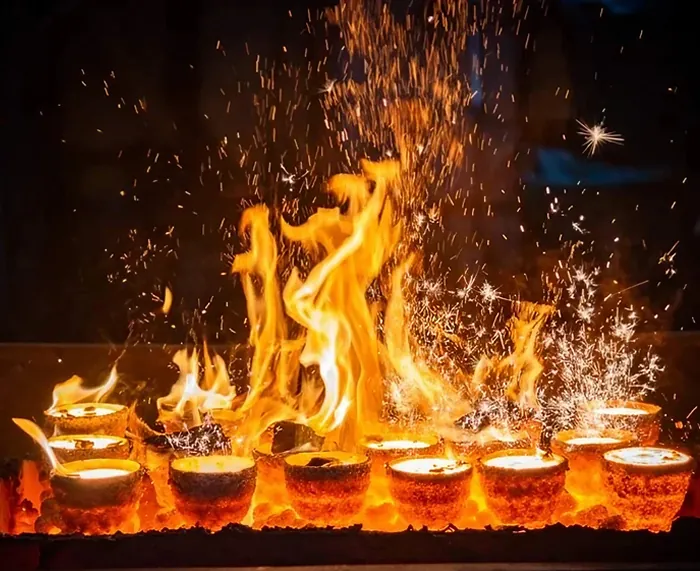
Understanding Investment Casting Molds: A Step-by-Step Guide
This paper describes the key steps involved in making investment casting molds and emphasizes the importance of quality control measures in the process.
-
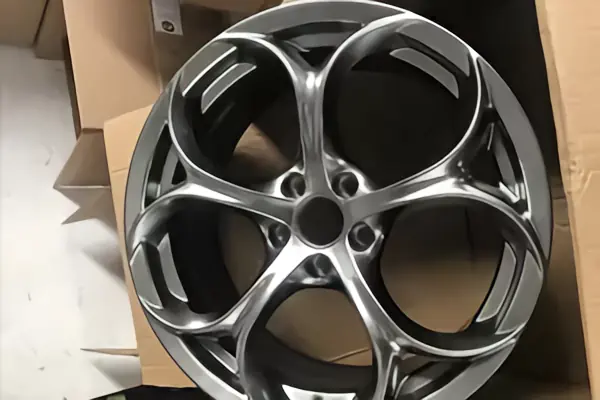
Optimizing Low Pressure Casting Process for Aluminum Alloy Car Wheels
Optimizing the Low-Pressure Casting Process for Aluminum Alloy Car WheelsWith the growing global demand for durable and lightweight automotive components,
-
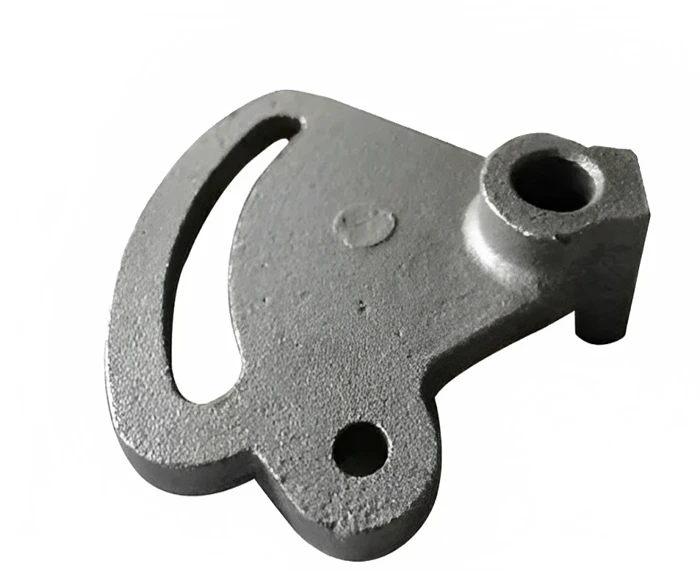
The Importance of Agricultural Machinery Parts
Agricultural machinery parts are essential components used in various types of agricultural machinery to ensure their proper functioning and efficiency. The fa...

